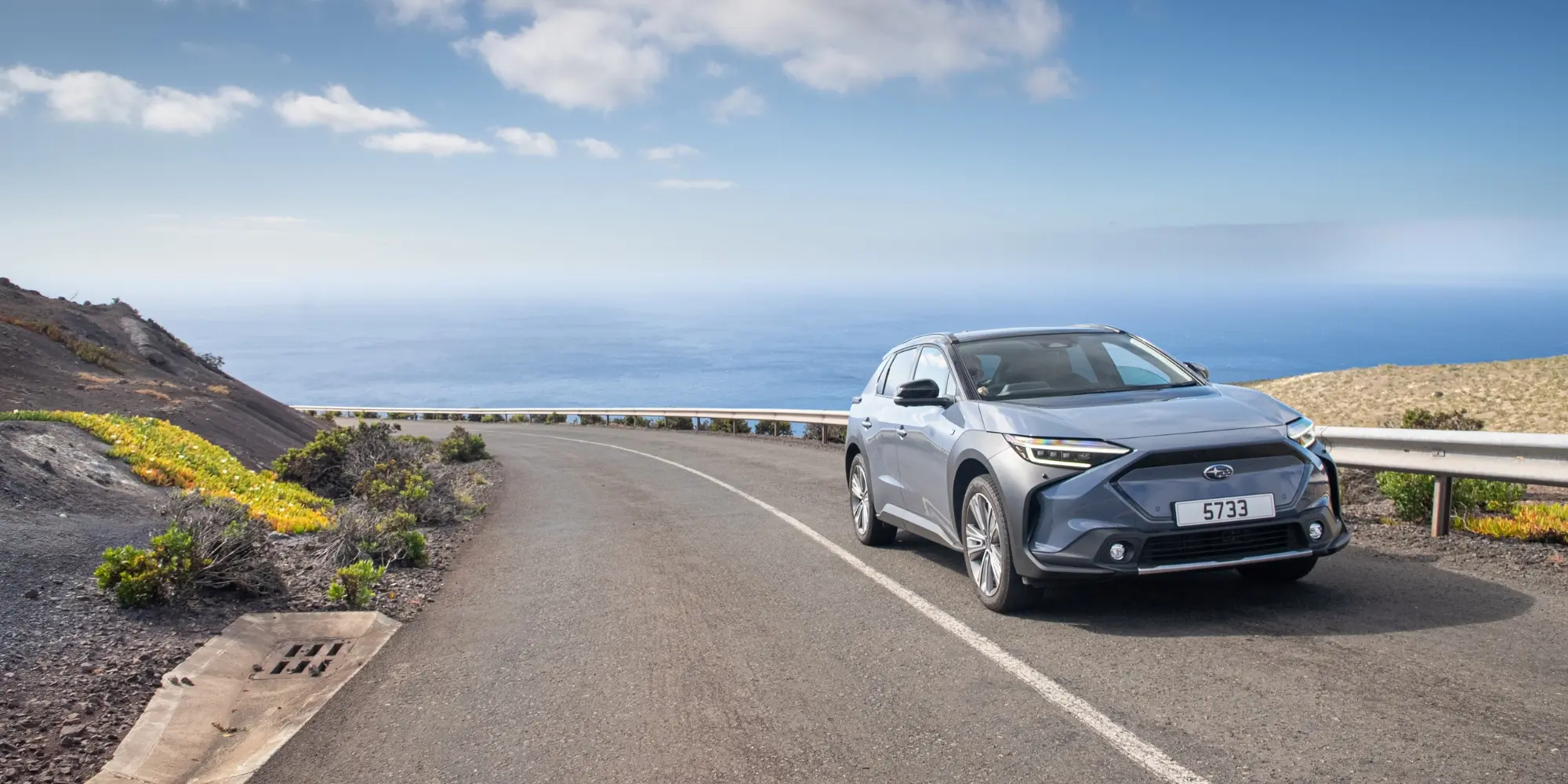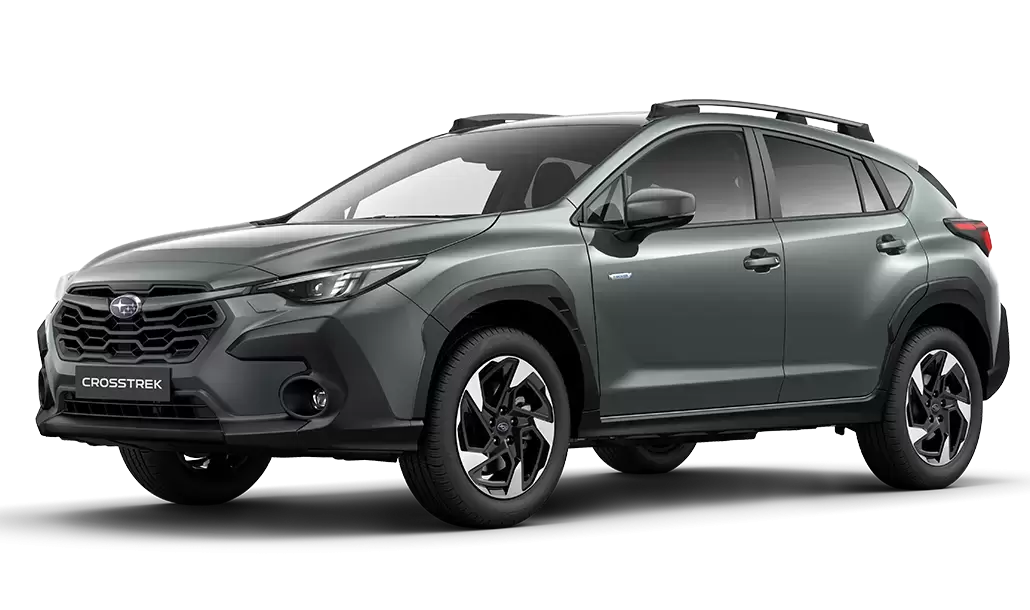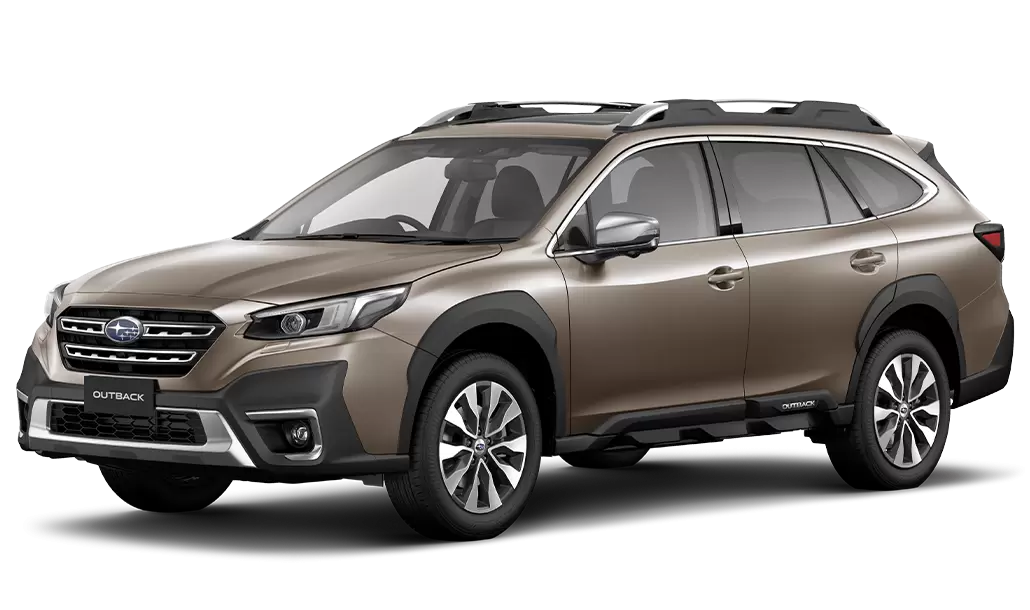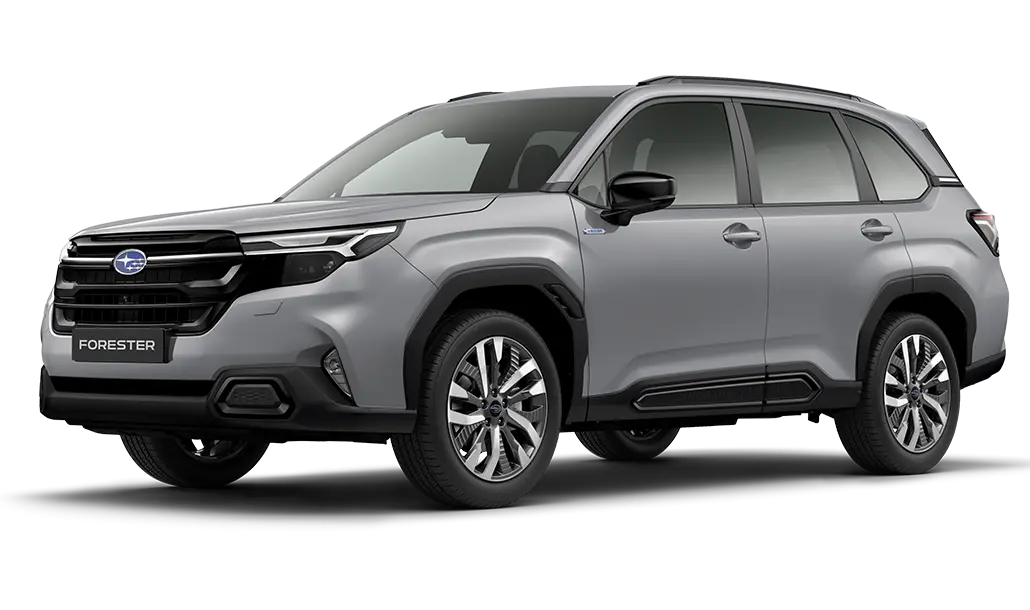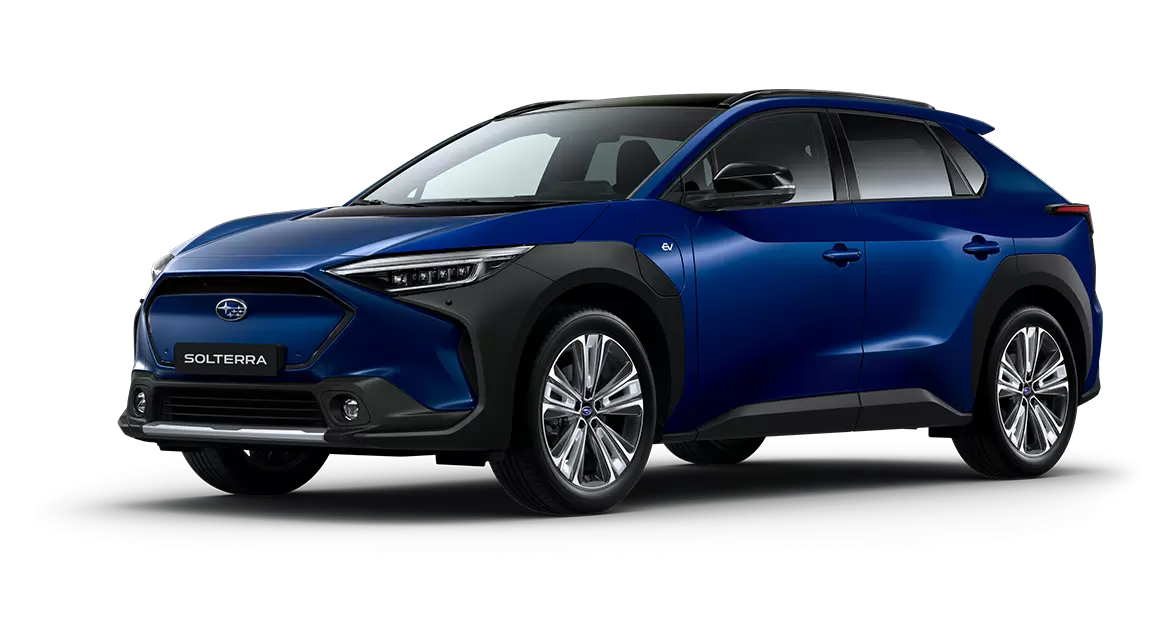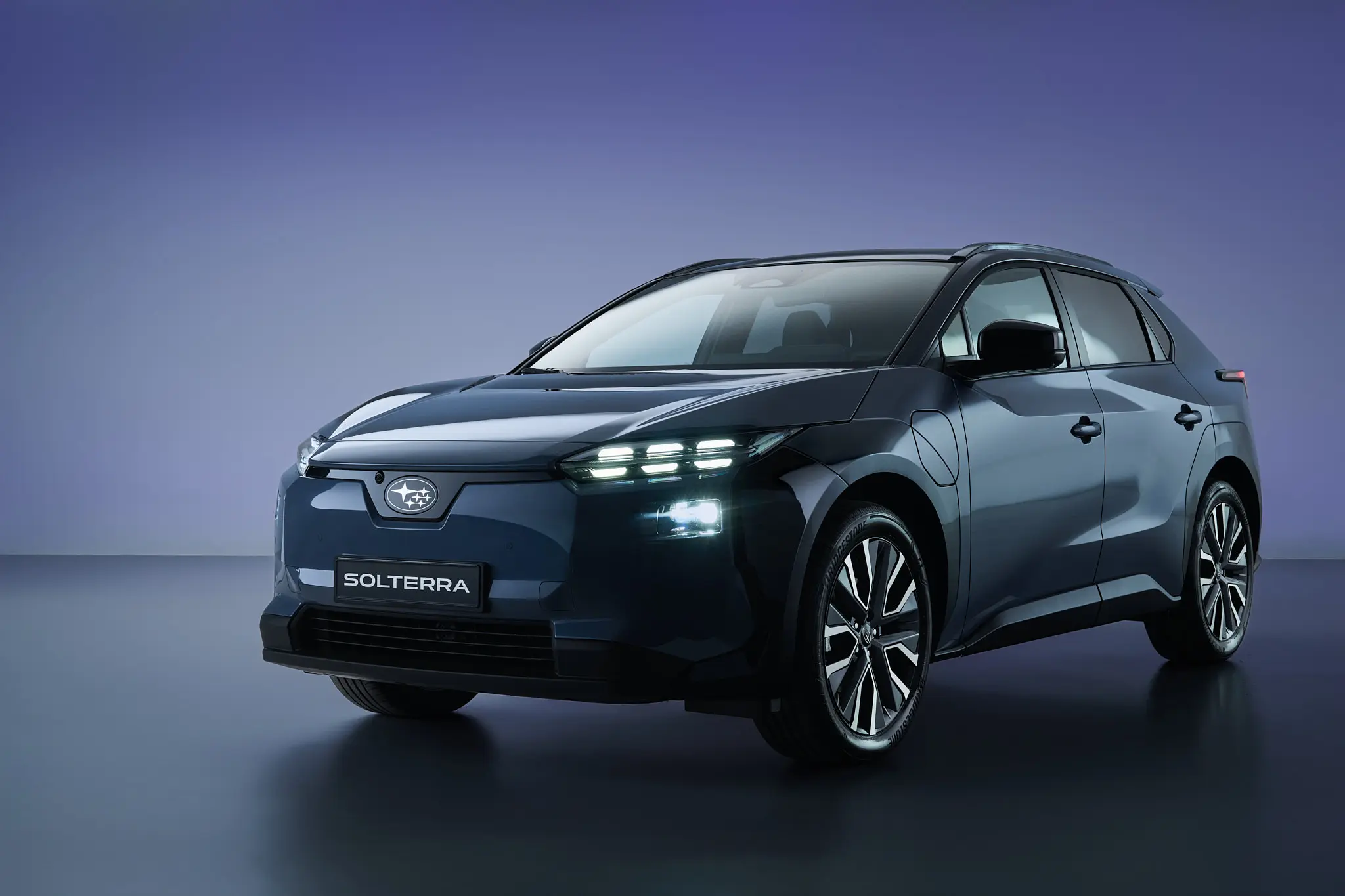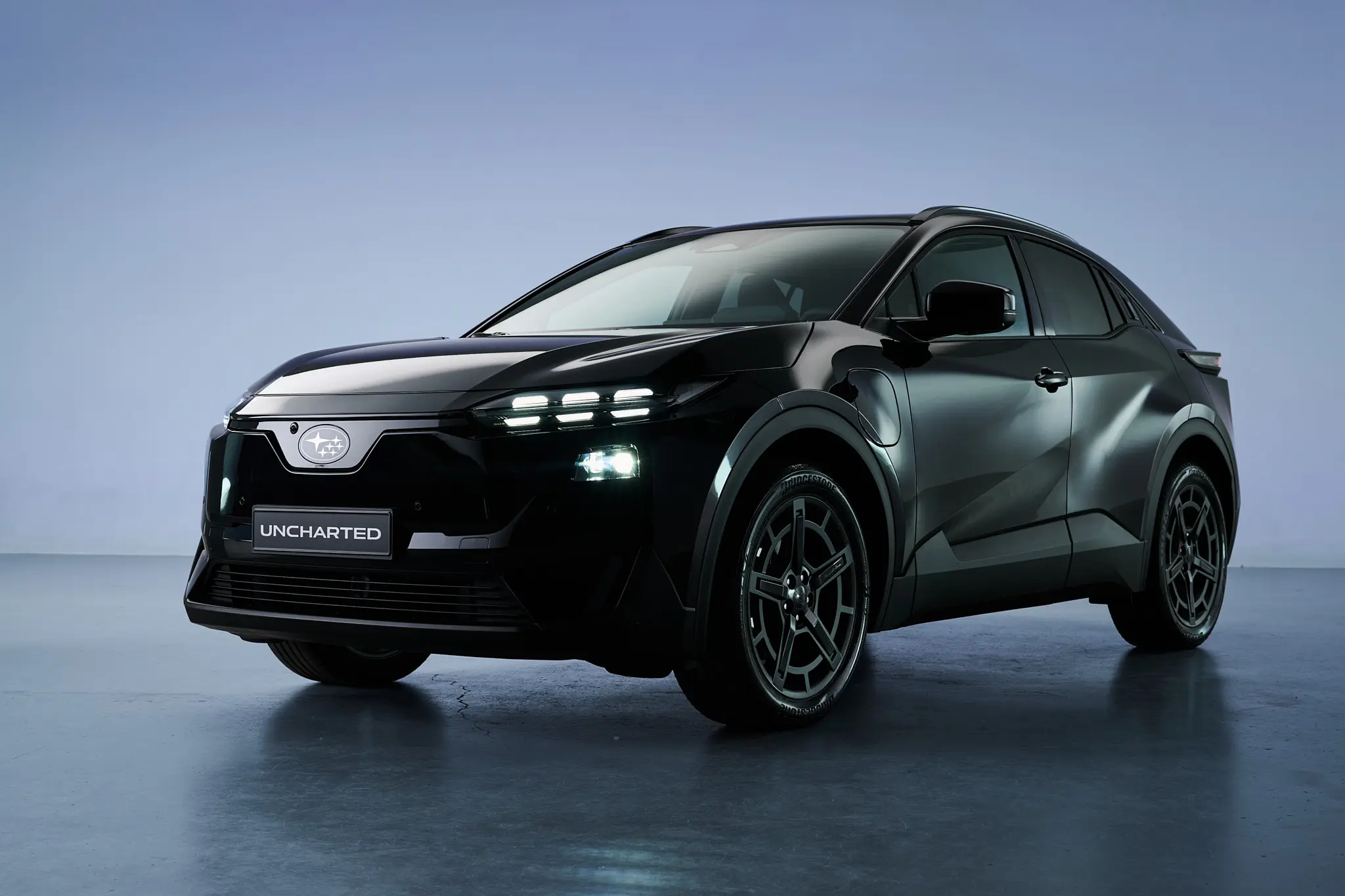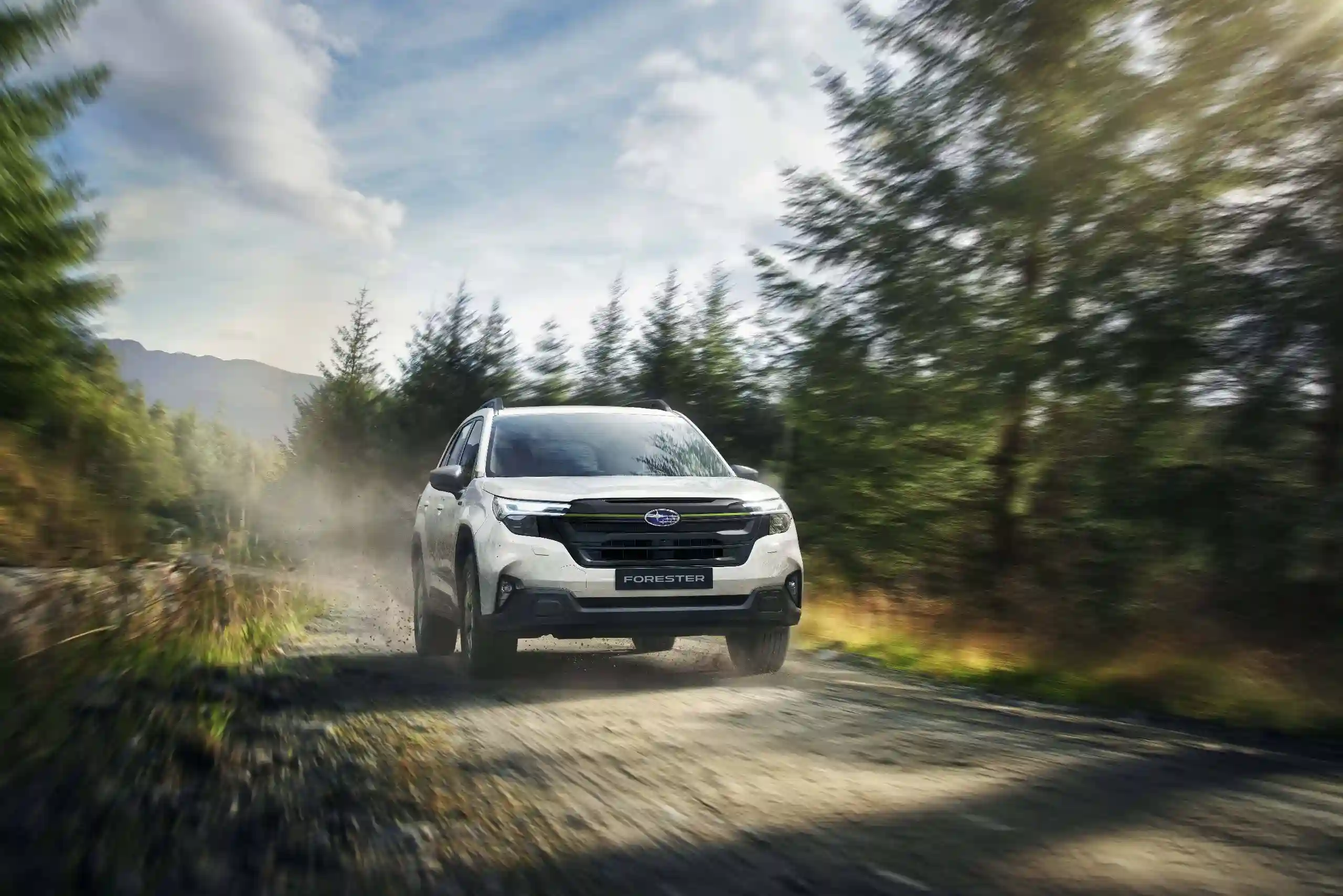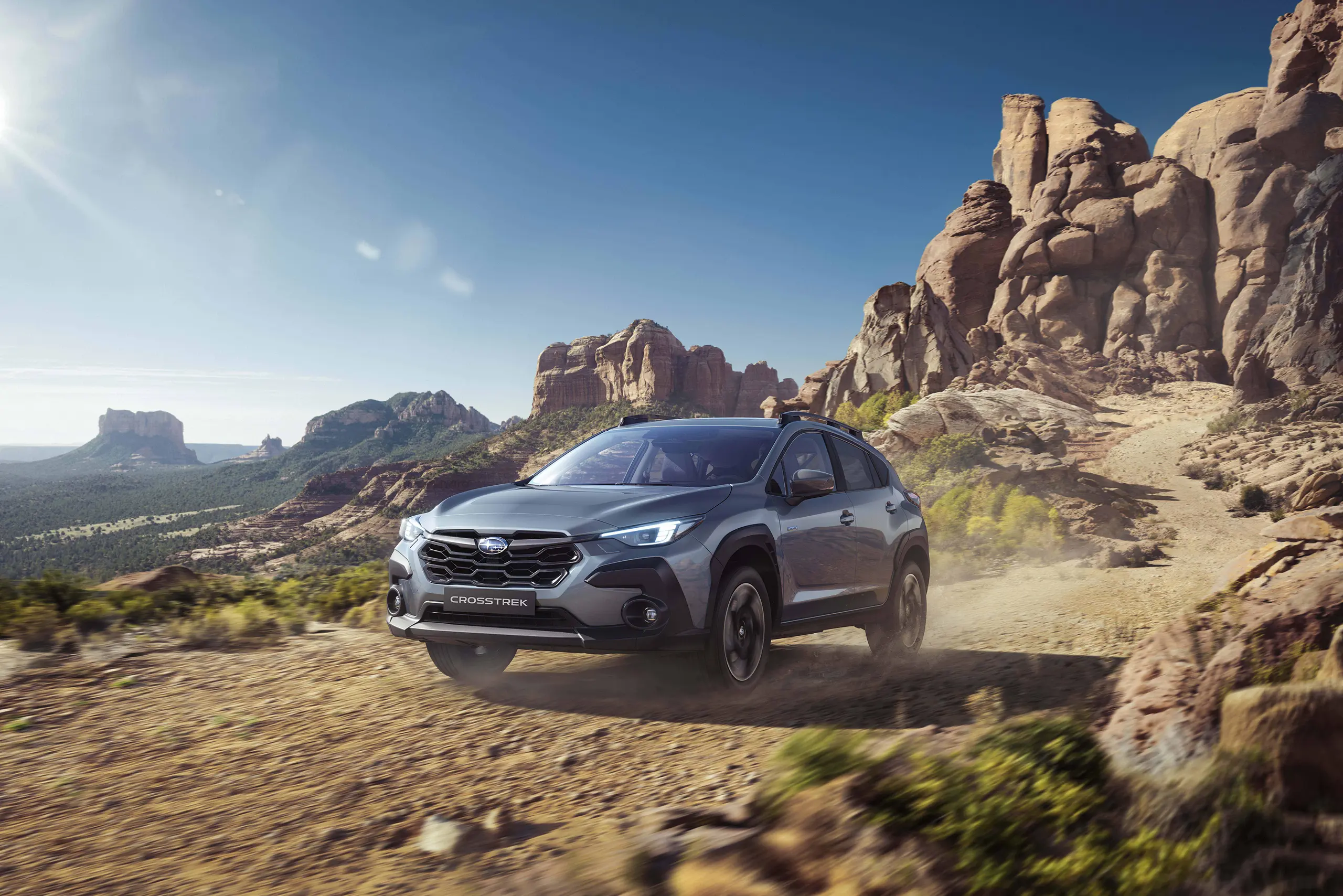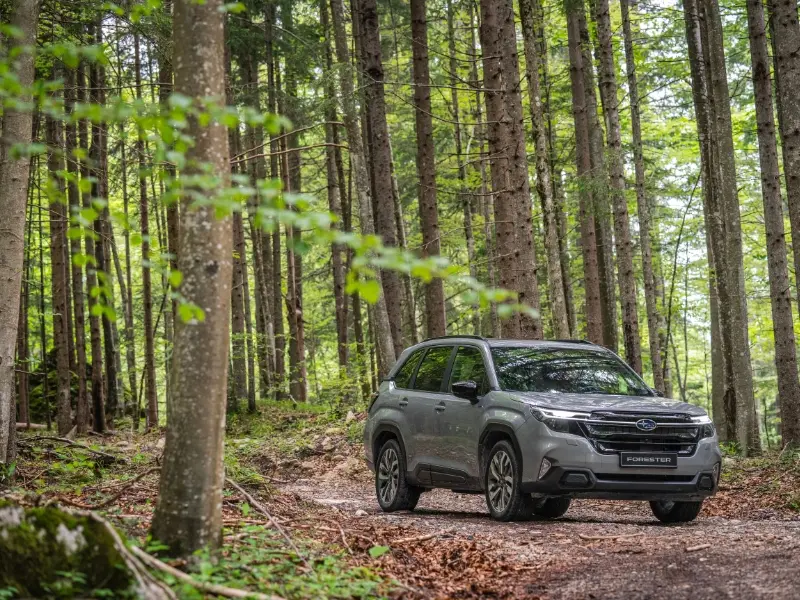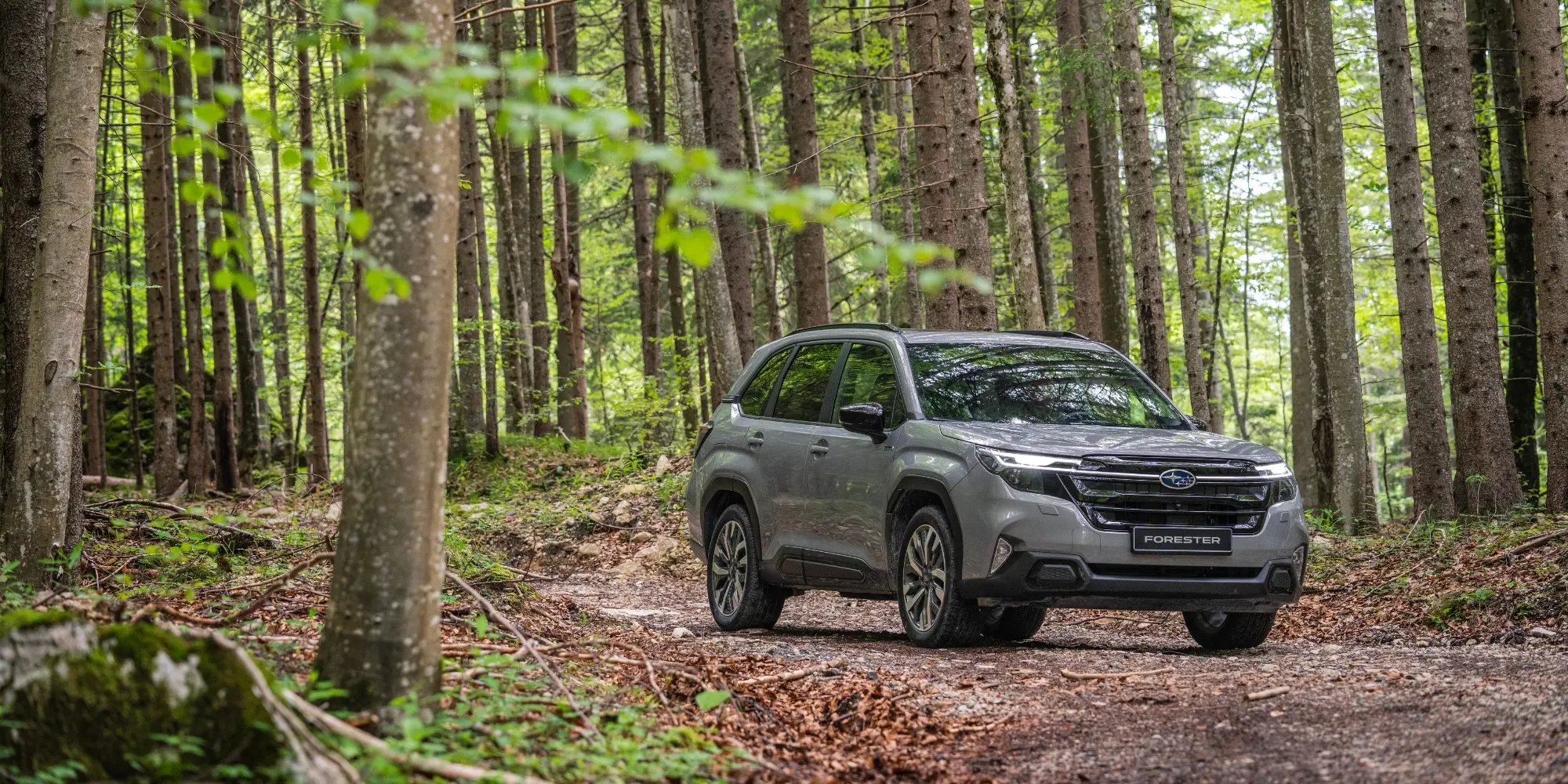- All-wheel drive cars are designed to send power to all four wheels for better traction and stability.
- For many drivers, AWD systems provide the peace of mind they need knowing they’ll stay in control of their car even when adverse weather conditions make driving challenging.
- Subaru’s own innovation in this type of technology is the Symmetrical All-Wheel Drive system that boosts significantly the safety and reliability of driving on or off the road.
What are all-wheel drive cars?
Our Subaru experts advise: “AWD systems make drivers feel more confident on the road knowing that they can get out of a sticky situation and maintain control of their car under diverse weather conditions, from snow-covered roads to slick pavements. We know how big of a difference AWD technology can make. But we also like to remind our drivers to keep in mind that no car is invincible, so always be cautious and drive safely, especially in bad weather.”
Full-time AWD cars
In these cars the engine constantly sends power to both the front and rear wheels all the time. The AWD system never disengages and it’s always ready to deliver traction when necessary. Subaru cars are equipped with full-time AWD.Part-time AWD cars
The engine sends power to two wheels (either front or rear) and only engages the other two wheels when needed.While part-time AWD systems can save fuel, the full-time AWD cars give you a much faster response, as there is no delay between the system detecting wheel slippage and the AWD mechanism activating.
What is Symmetrical All-Wheel Drive?
How do all-wheel drive cars work?
- Torque is the rotational force generated by an engine that helps the car’s wheels turn.
- A differential is the mechanism that delivers the torque from the engine to the wheels and allows them to spin at different speeds when needed. For example, when taking a corner, the outside wheels have to travel further than the inside wheels, so the differential system kicks in and makes them spin faster.
Subaru all-wheel drive system: the ins and outs
Fast power distribution
Subaru’s drivetrain was built for AWD from the start. Its symmetrical design means that the differential mechanism can be centred, allowing components to be the same length and power reaching the wheels at the same time, minimising any response lags.Sensitive sensors
Subaru’s AWD system can detect wheel slippage in a blink of an eye and intervene to redirect power away from that wheel and towards the wheels that still maintain a grip on the road. [H3] All-wheel control Subaru AWD not only moves power between front and back wheels, but also between left and right wheels. So even when you only have traction with one wheel, your car will keep moving as the power gets redistributed to the other wheels automatically.X-MODE
The same sensors that inform the AWD system are used to make extra adjustments to other drivetrain components managing throttling and braking automatically and giving you even more traction and control.What is the importance of AWD systems?
AWD cars were developed to increase the safety and stability of the driving experience, no matter when and where you’re driving.These systems allow you to better manage steep inclines, slick roads or challenging corners.
Whether it’s raining or snowing, you can be confident that the car gives you the best traction possible, keeping you safe from wheel slippage dangers.
The AWD system works seamlessly as it relies on sensors that automatically trigger the redistribution of power to the wheels. You won’t need to push any buttons or levers.
The wear and tear on your tires will be distributed evenly and not concentrated on the front wheels which could make them wear faster.
Good performance on road and off road.
Subaru’s all-wheel drive car range
- Subaru Solterra is designed with dual motors and its trusted Permanent All-Wheel Drive System. This is our electric model, so if you want AWD and electric power for your journeys, check out the Solterra model.
- Subaru Crosstrek comes with a 2.0L e-BOXER petrol engine, self-charging electric motor, Permanent Symmetrical All-Wheel Drive capability and X-MODE to keep you in full control.
- Subaru all-new Forester is our award-winning hybrid SUV. This car comes with Permanent Symmetrical All-Wheel Drive to get you through any rugged terrain.
- Subaru Outback is the original permanent Symmetrical All-Wheel Drive (AWD) crossover. Take it on drives through town or country fields or any other type of trip.
All-wheel drive cars FAQs
What is the difference between AWD vs 4WD?
All-wheel drive cars can send power seamlessly to the front or rear wheels as necessary without the driver’s input. In four-wheel drive cars, the driver can activate or deactivate it when needed, making it a part-time system.Are all-wheel drive cars designed only for on-road use?
There is a misconception that only four-wheel drive cars can venture off the road. But today’s all-wheel drive systems can be used for off-road trips and difficult terrains too. The technology is well advanced to give drivers the safety and stability needed to navigate those more rugged terrains.Can AWD work in electric cars?
Yes, the only difference is that in electric cars the power distribution is determined electrically. Our Solterra electric vehicle is equipped with a permanent AWD system, so you can reliably take it anywhere – on or off the road.Are AWD cars safer than two-wheel-drive cars?
News & Stories
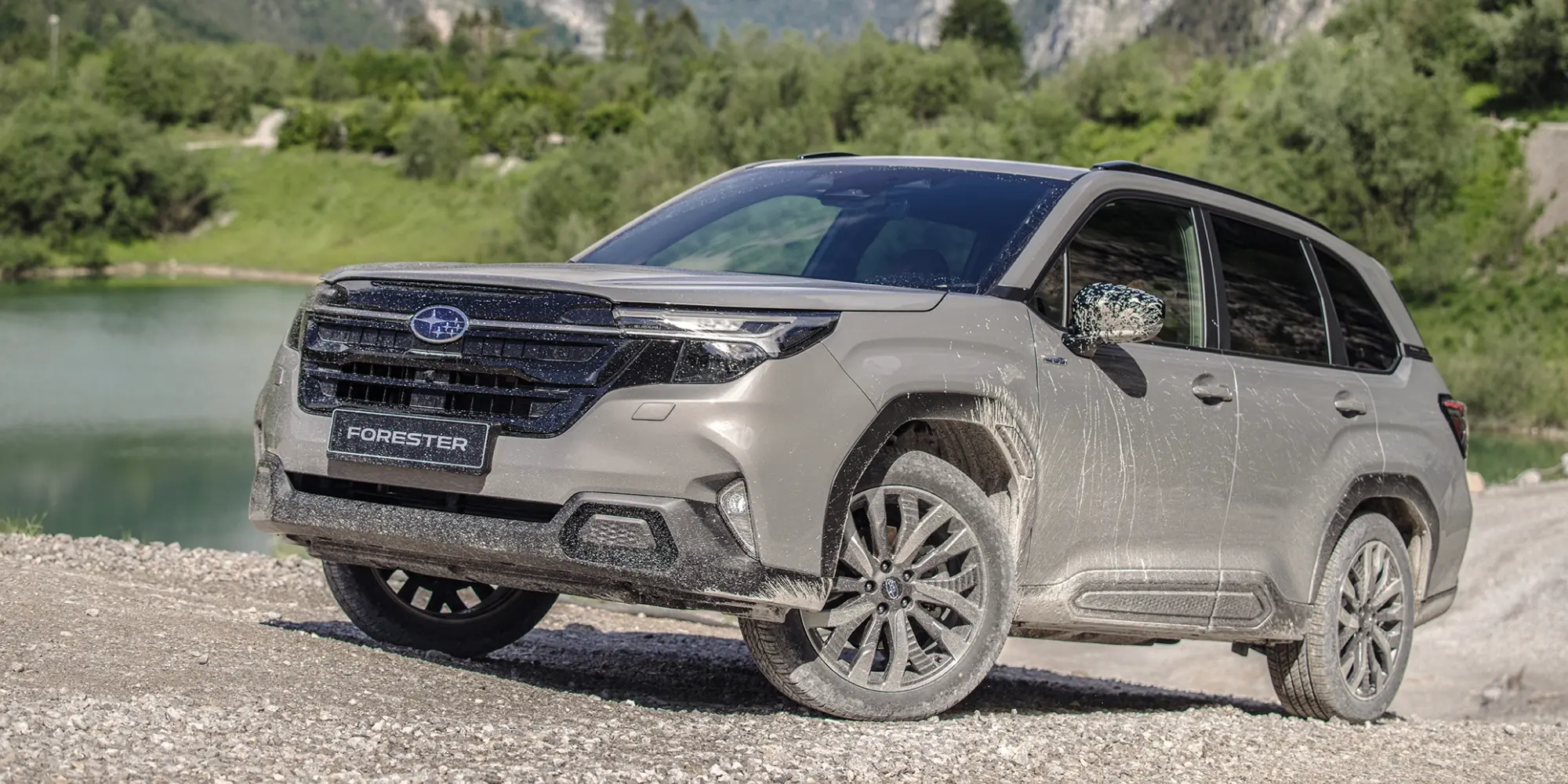
The benefits of hybrid cars

Self-charging hybrid cars: what they are & how they work
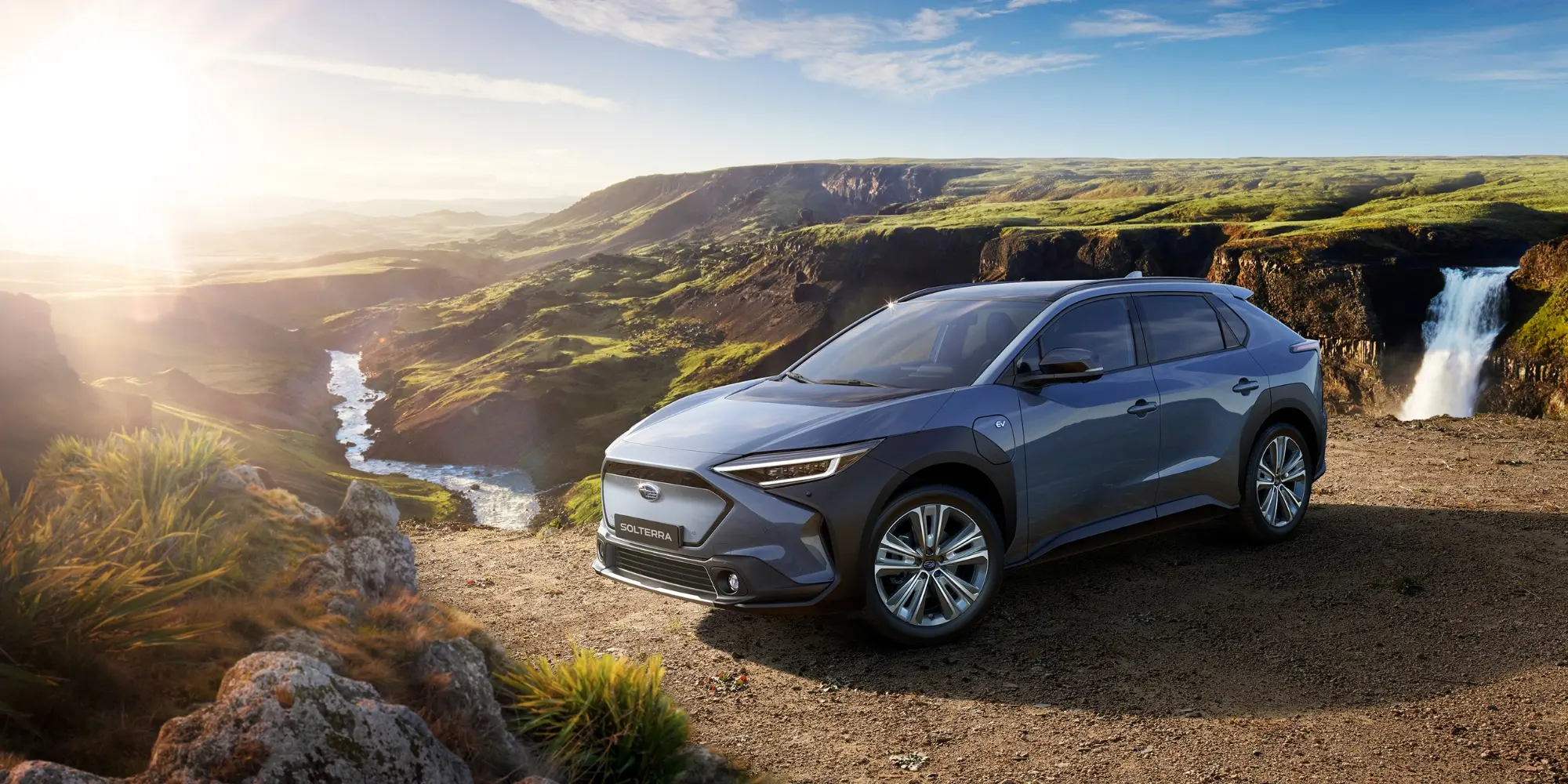
The benefits of electric cars
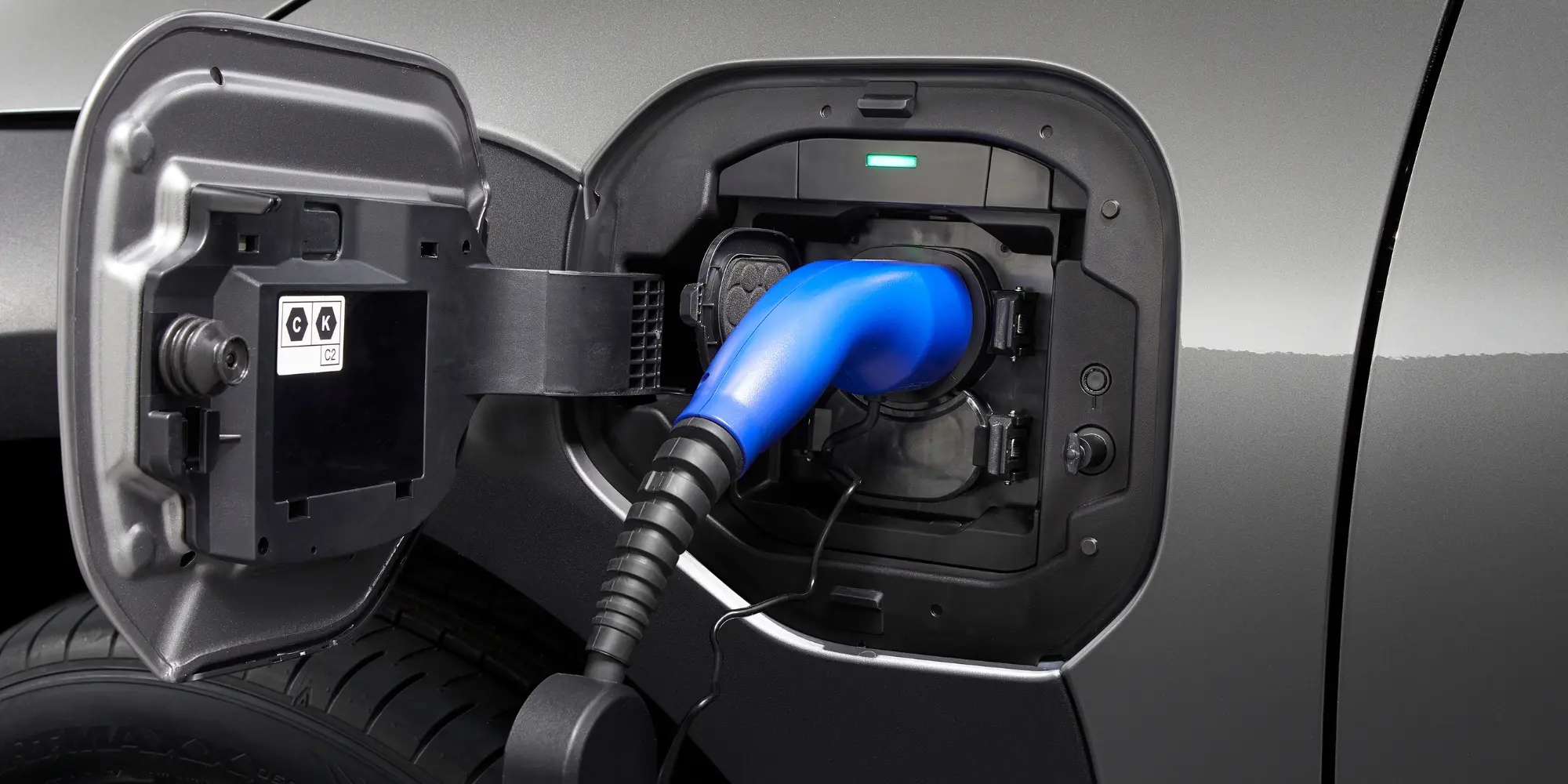
Installing electric car charging stations
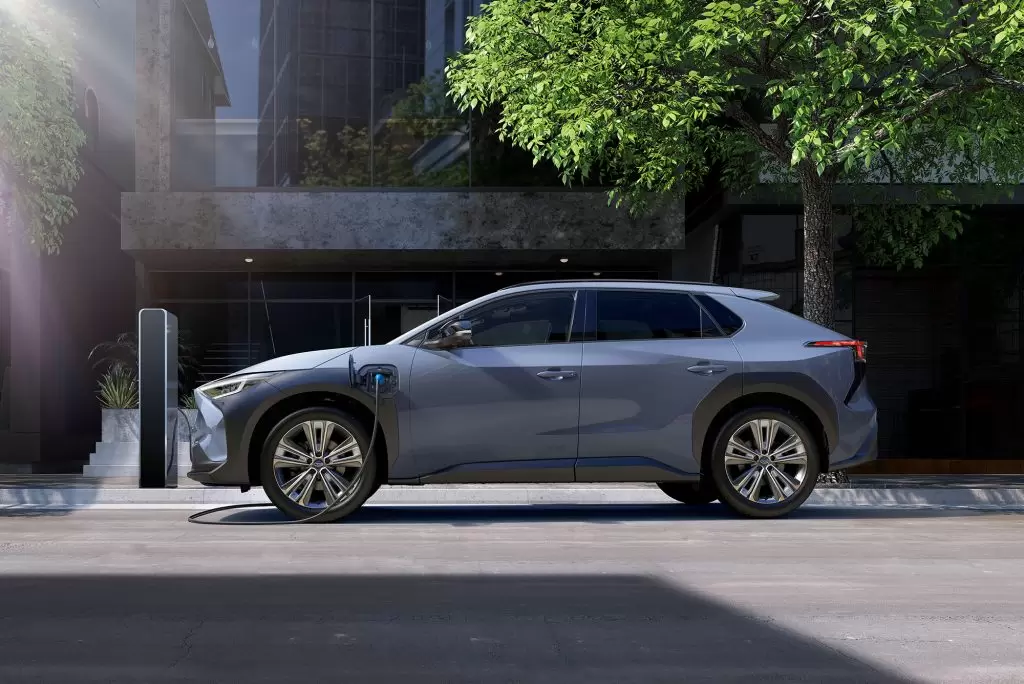
How much does it cost to charge an electric car?
